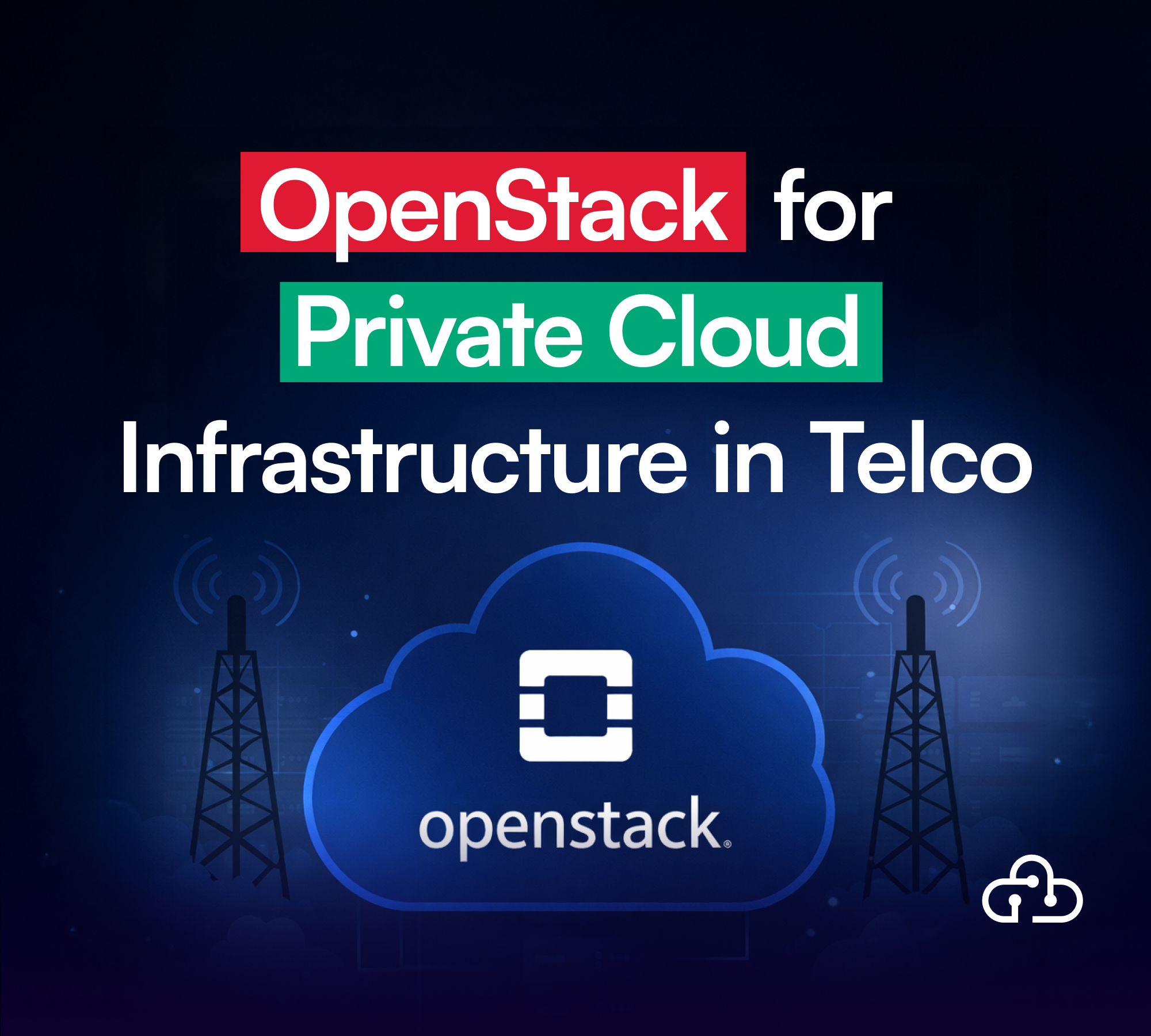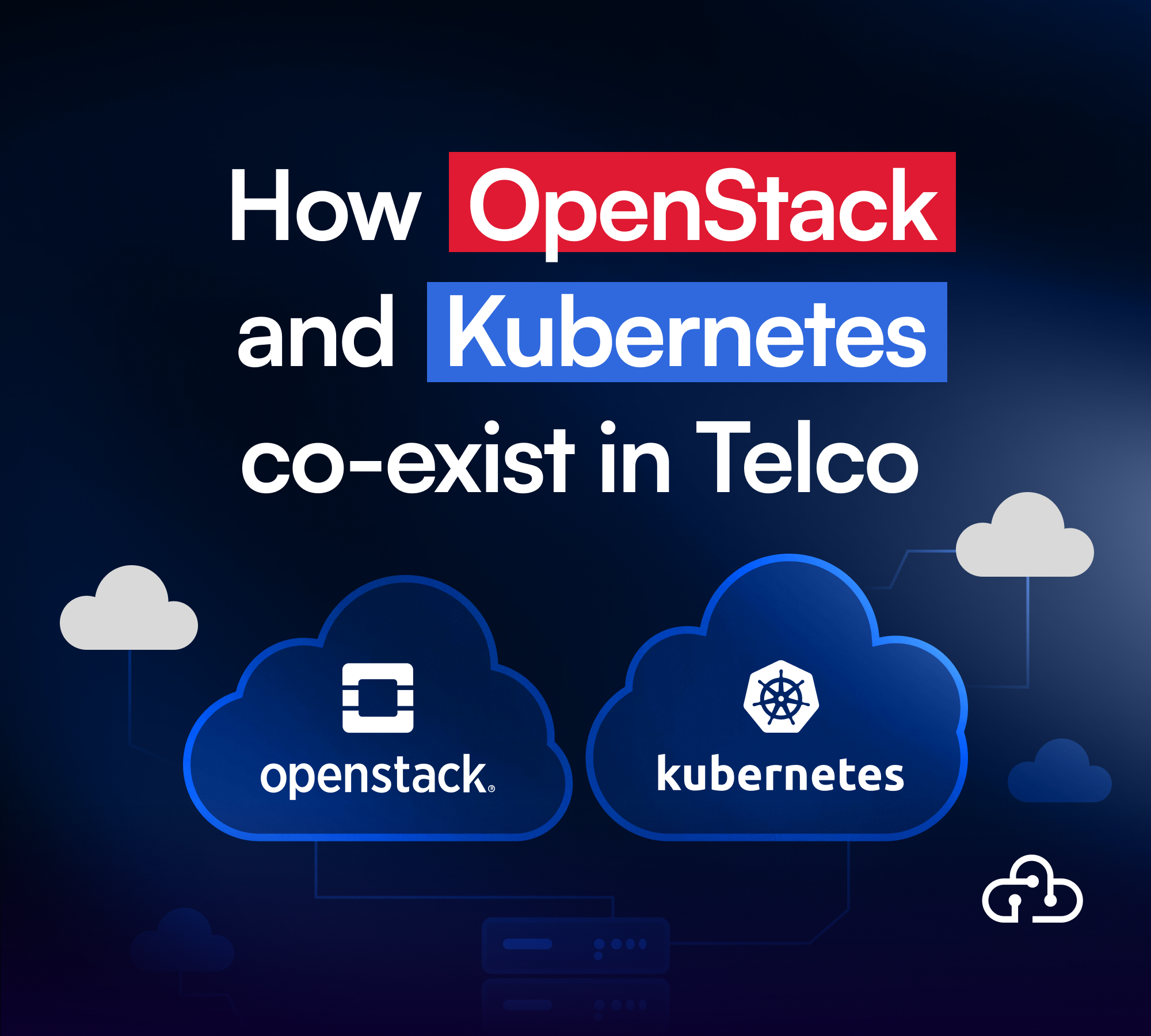In the rapidly evolving world of cloud computing and DevOps, staying ahead of the curve requires mastering the latest tools and workflows. GitOps, with its promise of streamlined operations and enhanced automation, has become a foundation of modern infrastructure management. At the heart of this revolution is FluxCD, an open-source continuous delivery tool for Kubernetes that ensures your clusters are always in sync with your desired state. For engineers looking to excel in this dynamic field, understanding and implementing GitOps with FluxCD is not just an advantage but it's essential.
What is GitOps Workflow?
GitOps is a workflow that leverages Git repositories as the single source of truth for declarative infrastructure and applications. This means that all changes to the infrastructure and applications are made via pull requests to a Git repository, ensuring that the state of your system is always versioned and auditable. GitOps principles include:
- Declarative Descriptions: All system configurations and application states are described declaratively in code.
- Version Control: All changes are tracked via Git, providing a clear audit trail.
- Automated Deployments: Automated CI/CD pipelines ensure that changes in Git are reflected in the live environment without manual intervention.
How FluxCD Helps with Automation and Orchestration
FluxCD is an open-source continuous delivery tool for Kubernetes that embodies the GitOps approach. Here’s how FluxCD enhances automation and orchestration:
- Automated Synchronization: FluxCD continuously monitors your Git repository and ensures that the state of your Kubernetes cluster matches the desired state defined in your Git repository.
- Robust Deployment Capabilities: It automates deployments, enabling you to manage releases and rollbacks efficiently.
- Integration with Helm: FluxCD seamlessly integrates with Helm, allowing you to manage Kubernetes packages with ease.
- Multi-Environment Support: FluxCD facilitates managing multiple environments (development, staging, production) by promoting changes through these environments in a controlled manner.
The Importance of FluxCD
FluxCD brings numerous advantages to managing Kubernetes environments, particularly in telco cloud contexts:
- Reduced Manual Intervention and Errors: By automating the deployment process, FluxCD minimizes the likelihood of human errors, enhancing the reliability of deployments.
- Faster Deployments: Automated pipelines ensure faster deployment cycles, enabling more rapid feature delivery and iteration.
- Rollback and Recovery: FluxCD supports easy rollbacks, allowing you to revert to previous states effortlessly in case of issues.
- Multiple Environment Management: FluxCD supports the orchestration of deployments across multiple environments, ensuring consistency and reliability in different stages of development and production.
Introducing our New Training Lab “Hands-On Telco Cloud GitOps With FluxCD”
We are excited to announce our new Lab, "Hands-On Telco Cloud GitOps With FluxCD" in our catalog. This lab helps engineers gain proficiency in Telco Cloud technology. Participants will enhance their expertise in Telco Cloud implementations using FluxCD and Flagger, exploring advanced techniques like modern deployment methodologies, automated rollouts, and infrastructure as code. Learn more about our hands-on training lab here.
Conclusion
FluxCD is a powerful tool for implementing GitOps in Kubernetes environments, providing automated synchronization, robust deployment capabilities, and seamless integration with tools like Helm. By ensuring that your cluster's state is always in sync with your Git repository, FluxCD simplifies continuous delivery and infrastructure management. Its features like rollback, monitoring, and custom resource support make it a versatile choice for both small teams and large-scale deployments. Embracing FluxCD can lead to more efficient, reliable, and secure Kubernetes operations, making it an invaluable asset for engineers and students alike.





%20copy%204.png)